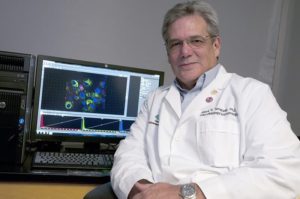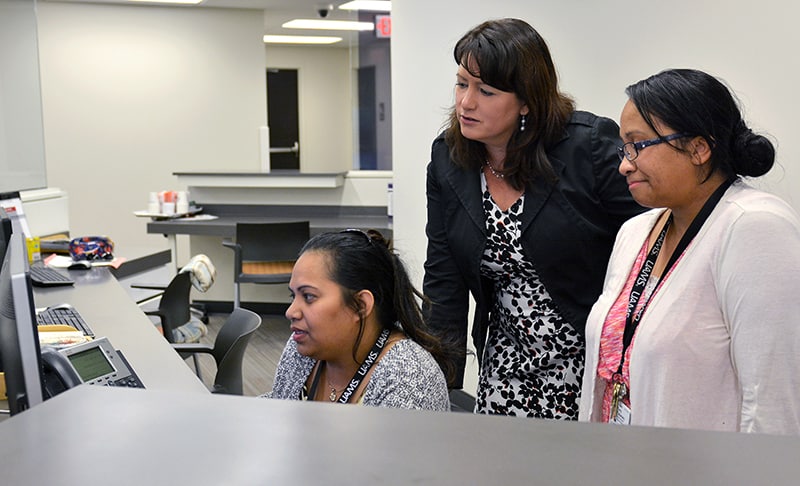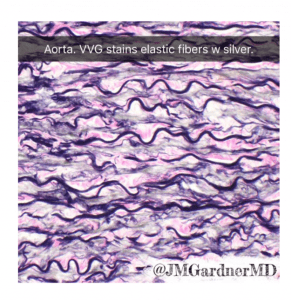
University of Arkansas for Medical Sciences (UAMS) Professor Mark Smeltzer, Ph.D., has been awarded $11 million in federal funding for Phase II of a program that supports microbiology and immunology research.
Phase I of the Centers of Biomedical Research Excellence (COBRE) grant was awarded by the National Institutes of Health (NIH) in 2012 at $10 million. Phase II began May 1 and is $11 million.
The first COBRE grant allowed Smeltzer to establish the UAMS Center for Microbial Pathogenesis and Host Inflammatory Responses. Its focus is pathogens – bacteria, viruses and microorganisms – and the disease responses they cause in humans.
COBRE grants include funding for individual projects by junior research faculty — those who have just received their first academic appointments. The first grant supported projects on viruses and malaria. The $11 million award continues funding of the center, with individual projects on cancer, Lyme disease, pneumonic plague and chlamydial infection.
Smeltzer co-directs the center along with Richard P. Morrison, Ph.D., chairman of the Department of Microbiology and Immunology in the UAMS College of Medicine.
“Everything that we do, at the end of the day, it’s really about human health,” Smeltzer said. “We’re trying to understand how microorganisms and pathogens cause disease in humans, and if you understand that, you’re that much closer to coming up with useful treatments.”
Additionally, technology purchased through the grant benefits researchers across the state. Researchers from other academic institutions and those from government agencies alike have used technology at UAMS purchased with COBRE funds.
“Scientific technology is always advancing, and the funding for us to be able to keep up with these advances is key,” Smeltzer said.
Smeltzer, who studies staphylococcus aureus, is one of the most-well-funded faculty in the UAMS College of Medicine. He has more than $14 million in current grant funding and has received more than $30 million in external grant funding. His current NIH funding ranks him 46th out of 993 microbiology faculty nationwide.
“With this program, over time, you develop this critical mass of people who can work synergistically with each other,” Smeltzer said. “You build up the technology that is essential to propel research forward. A lot has to slide into place, but the end result benefits more than just these individual investigators – it benefits UAMS as an institution, the state of Arkansas and the future of medicine.”
Three junior faculty in the Department of Microbiology and Immunology completed Phase I – assistant professors Karl Boehme, Ph.D., and Jason Stumhofer, Ph.D.; and associate professor Craig Forrest, Ph.D. Boehme and Forrest study viruses, and Stumhofer’s work is about malaria.
The junior faculty selected to participate in Phase II are Ruud Dings, Ph.D., an assistant professor in the Department of Radiation Oncology; and Jon Blevins, Ph.D., associate professor, Roger Pechous, Ph.D., and Lin-Xi Li, Ph.D., assistant professors – all in the Department of Microbiology and Immunology. Their research focuses on cancer, Lyme disease, pneumonic plague and chlamydial infection.
Rhonda L. Anthony is administrative coordinator of the Center for Microbial Pathogenesis and Host Inflammatory Responses.
“I am proud of this grant, but I don’t kid myself – it’s about teamwork,” Smeltzer said. “If every single person involved in this hadn’t done their part to make it successful, we would not have been approved for Phase II of funding.”
The COBRE grant also includes funding for training and mentoring at the institution level and from national-level COBRE advisers.
“It certainly tipped the scales for me when I was considering job offers,” Boehme said. “In addition to not having to immediately worry about funding and equipment and whether I could afford staff or take on students, it made the department feel like there was a real strategic plan in place, a forward momentum, and a sense that success was a group effort rather than something that was on my shoulders alone.”
Boehme and Stumhofer were recruited from well-regarded postdoctoral programs at Vanderbilt University Medical Center and the University of Pennsylvania School of Veterinary Medicine, respectively. Both have now successfully written their own NIH grants to sustain the next chapter of their research – a key marker of success under COBRE parameters.
Stumhofer appreciated the collaborative meetings and mentoring that occurred as often as twice a month as part of the program.
“It keeps you from getting isolated, stuck alone in your own lab with a problem that is keeping you from moving forward. Everyone helps you troubleshoot,” Stumhofer said.
Smeltzer, Boehme and Stumhofer agreed that the grant empowers researchers to explore ideas they may not have otherwise considered if they were immediately left on their own to navigate funding and logistics. They said that over the long haul, such programs create better researchers and higher-quality research.
COBRE grants are only available for Institutional Development Award (IDeA) states where NIH funding has been historically low. They include 23 states and Puerto Rico. UAMS is host to three centers funded by COBRE grants. The Center for Translational Neuroscience, led by Edgar Garcia-Rill, Ph.D., has received $22.5 million in funding and is in its third and final phase. The Center for Studies of Host Response to Cancer Therapy, led by Martin Hauer-Jensen, M.D., Ph.D., has received $10.5 million and is in Phase I.









